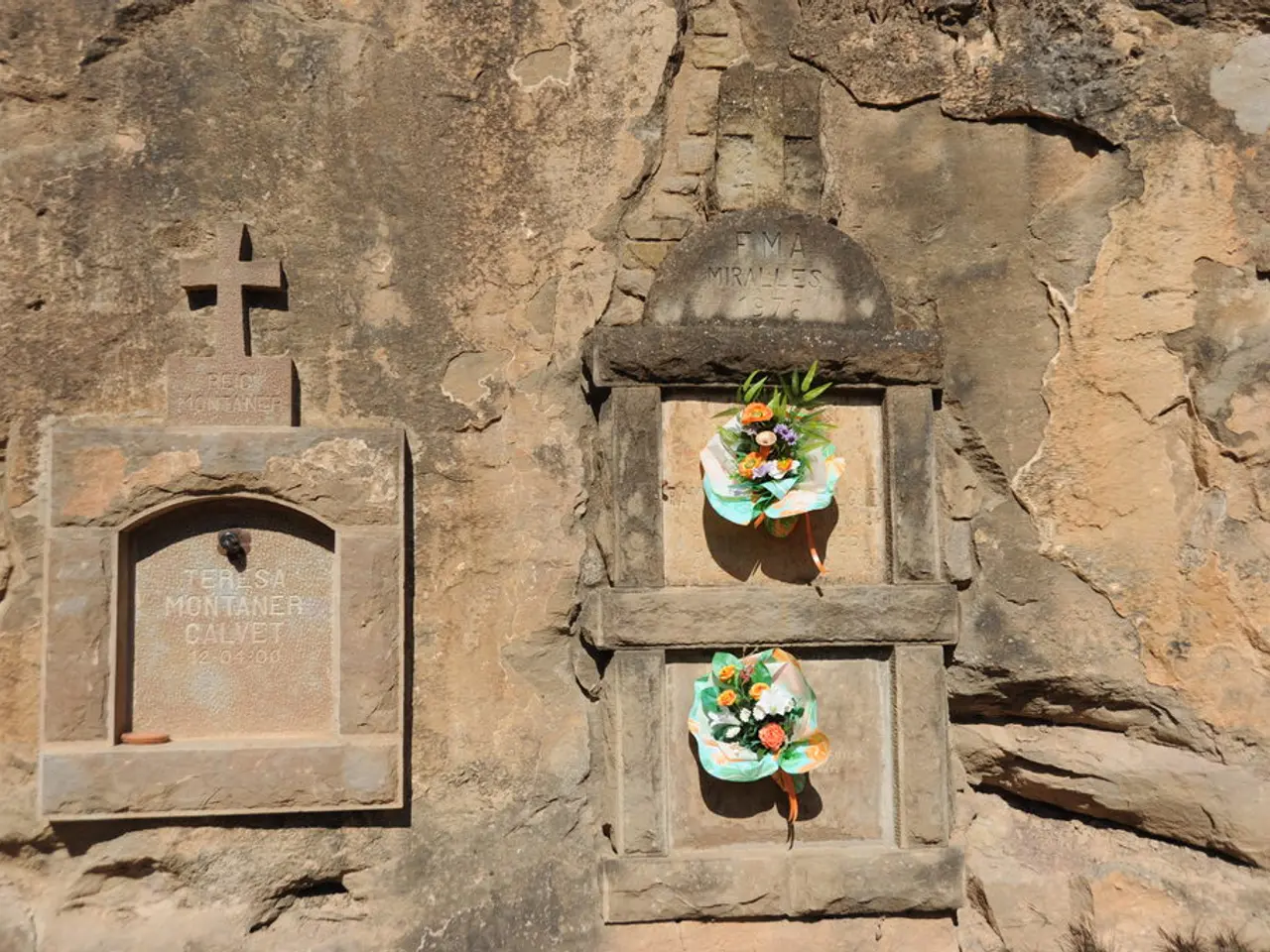Top Five Breathtaking Landmarks in Guadeloupe
In the heart of the Caribbean, the French overseas region of Guadeloupe offers a unique blend of history, culture, and natural beauty. From the bustling city of Pointe-à-Pitre to the lush landscapes of Basse-Terre, there's no shortage of captivating sites to explore.
One such site is Fort Delgrès, a 17th-century fortification named after Colonel Louis Delgrès, a hero of the anti-slavery resistance in Guadeloupe. Delgrès fought against the reinstatement of slavery by Napoleon in 1802, and his bravery earned him a place in Guadeloupean history. The fort, located in Basse-Terre, is one of the island's most iconic sites, offering a breathtaking panorama of the Caribbean Sea and a chance to delve into the island's past. A visit to Fort Delgrès reveals its strategic role and the fight for freedom led by its defenders, making it a symbol of resistance and an unmissable cultural attraction.
Another must-see is the Cathedral Notre-Dame-de-Guadeloupe, the seat of the bishopric and a testament to the Catholic fervor in local culture. Built in the 18th century, the cathedral's facade is made of volcanic stone typical of the region, and its interior creates a solemn atmosphere. The cathedral, located in Basse-Terre, has withstood cyclones and seismic shocks, standing as a symbol of resilience and endurance.
In Pointe-à-Pitre, the Memorial ACTe is a modern architectural marvel inspired by the roots of the cursed fig tree. Inaugurated in 2015, it is one of the largest Caribbean centers dedicated to the memory of the slave trade and slavery. The Memorial ACTe combines archival documents, works of art, and multimedia devices to trace the history of slavery, from the deportation of Africans to abolition, serving as a museum and a space for reflection, helping to better understand the scars of the past and the construction of Guadeloupean identity.
Lastly, Fort Fleur d'Épée, located in Gosier, was built in the 18th century to protect the island from enemy attacks. Today, it hosts cultural events and art exhibitions, providing a fascinating glimpse into Guadeloupe's rich cultural heritage.
These sites, each with its own unique story, offer a captivating journey through Guadeloupe's history. From the resistance led by Colonel Delgrès to the Catholic fervor reflected in the Cathedral Notre-Dame-de-Guadeloupe, and the poignant narrative of the Memorial ACTe, Guadeloupe's past comes alive in these iconic locations. Whether you're a history buff, a culture enthusiast, or simply looking for an enriching travel experience, Guadeloupe's sites are sure to leave a lasting impression.




